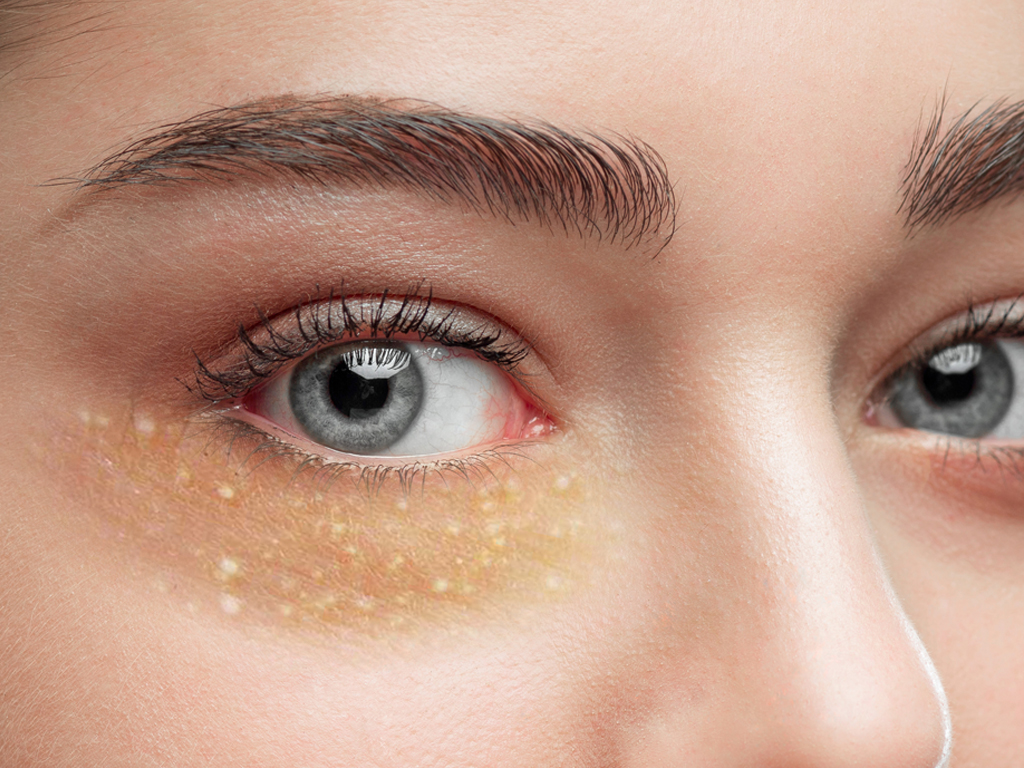Milia, those tiny, pearly white bumps that often appear on the face, can be a source of frustration for many. While they are usually harmless, they can be aesthetically bothersome. Understanding what causes milia, how to treat them, and ways to prevent their occurrence can help you manage these pesky little bumps effectively.
What Are Milia?
Milialar (singular: milium) are small, raised bumps that typically appear on the skin’s surface. They are often described as white or yellowish in color and have a firm texture. Milia can occur in people of all ages, from newborns to adults, and can appear on various parts of the body. However, they are most commonly found on the face, especially around the eyes, nose, and cheeks.
Types of Milialar
There are several types of Milialar , and they can be classified based on their causes and characteristics:
- Primary Milialar : These are the most common type of Milialar and typically occur in people of all ages. They develop when dead skin cells become trapped near the surface of the skin, forming small cysts.
- Secondary Milialar : These Milialar develop as a result of an injury or skin condition that disrupts the skin’s natural shedding process. Blistering, burns, or certain skin disorders can lead to secondary milia.
- Neonatal Milialar : These Milialar occur in newborns and are often referred to as “baby acne.” They are temporary and usually resolve on their own within a few weeks.
- Milialar Plaque: This rare form of Milialar occurs in the form of patches on the skin and is associated with certain skin conditions like discoid lupus erythematosus.
Now that we know the different types of Milialar , let’s delve into the causes of this skin condition.
Causes of Milia
Understanding the underlying causes of Milialar is crucial for effective treatment and prevention. Here are some common factors that contribute to the development of milia:
- Excessive Dead Skin Cells: The primary cause of primary Milialar is the accumulation of dead skin cells on the skin’s surface. When these cells become trapped, they can form cysts, leading to milia.
- Sweating: Excessive sweating, especially in hot and humid conditions, can contribute to the development of milia. Sweat can mix with dead skin cells and other debris, clogging pores and causing Milialar to form.
- Heavy Skincare Products: The use of heavy, oil-based skincare products or makeup can block pores and create an environment conducive to Milialar formation.
- Sun Damage: Prolonged exposure to the sun’s harmful UV rays can damage the skin and lead to the development of milia. Sunburns can also exacerbate existing Milialar .
- Skin Trauma: Injuries to the skin, such as burns, blisters, or certain dermatological procedures like laser resurfacing, can cause secondary Milialar to develop.
- Genetics: Some individuals may be genetically predisposed to developing Milialar , making them more susceptible to this skin condition.
Treatment Options for Milialar
The good news is that Milialar are generally harmless, and many cases will resolve on their own over time. However, if you find milia bothersome or persistent, there are several treatment options available:
- Exfoliation: Gently exfoliating the affected area with a mild scrub or exfoliating cleanser can help remove dead skin cells and promote the natural shedding process. Be cautious not to over-exfoliate, as this can irritate the skin.
- Topical Retinoids: Prescription retinoid creams or gels can help improve the skin’s cell turnover rate, preventing the buildup of dead skin cells. It’s essential to follow your dermatologist’s recommendations when using retinoids.
- Lancing or Extraction: In some cases, a dermatologist may use a sterilized needle or scalpel to carefully puncture the milia and extract the contents. This should only be performed by a trained professional to avoid scarring or infection.
- Cryotherapy: Cryotherapy involves freezing the Milialar with liquid nitrogen, causing them to peel off gradually. This procedure is usually painless and minimizes the risk of scarring.
- Chemical Peels: Chemical peels can help improve skin texture and promote the shedding of dead skin cells, potentially reducing the appearance of milia.
- Microdermabrasion: This non-invasive procedure involves exfoliating the skin’s surface using a specialized machine. It can be effective in treating Milialar and improving overall skin texture.
- Avoid Picking: One of the most crucial aspects of Milialar treatment is resisting the urge to pick or squeeze them. This can lead to infection and scarring.
Preventing Milialar
Prevention is often the best approach when it comes to Milialar . Here are some tips to help prevent the formation of milia:
- Choose Non-Comedogenic Products: Opt for skincare and makeup products labeled as “non-come do genic,” which means they are less likely to clog pores and lead to Milialar .
- Sun Protection: Use sunscreen with at least SPF 30 daily to protect your skin from the sun’s harmful rays and prevent sun damage.
- Gentle Cleansing: Avoid harsh scrubs or cleansers that can irritate the skin. Use a mild, non-abrasive cleanser to cleanse your face.
- Hydration: Keeping your skin well-hydrated can help maintain its natural barrier and reduce the risk of milia. Use a moisturizer suitable for your skin type.
- Regular Exfoliation: Gently exfoliate your skin regularly to remove dead skin cells and promote a healthy skin turnover rate.
- Professional Advice: If you have a history of Milialar or persistent issues, consult a dermatologist for personalized skincare recommendations and treatments.
Conclusion
While Milialar can be a cosmetic concern, they are usually harmless and treatable. Understanding the causes, treatment options, and prevention strategies for milia can help you maintain healthy, clear skin. Remember that patience is key when treating milia, and if you’re unsure about the best course of action, it’s always a good idea to consult a dermatologist for guidance and professional care. With the right approach, you can effectively manage and minimize the appearance of milia, helping you achieve the clear, radiant skin you desire.
